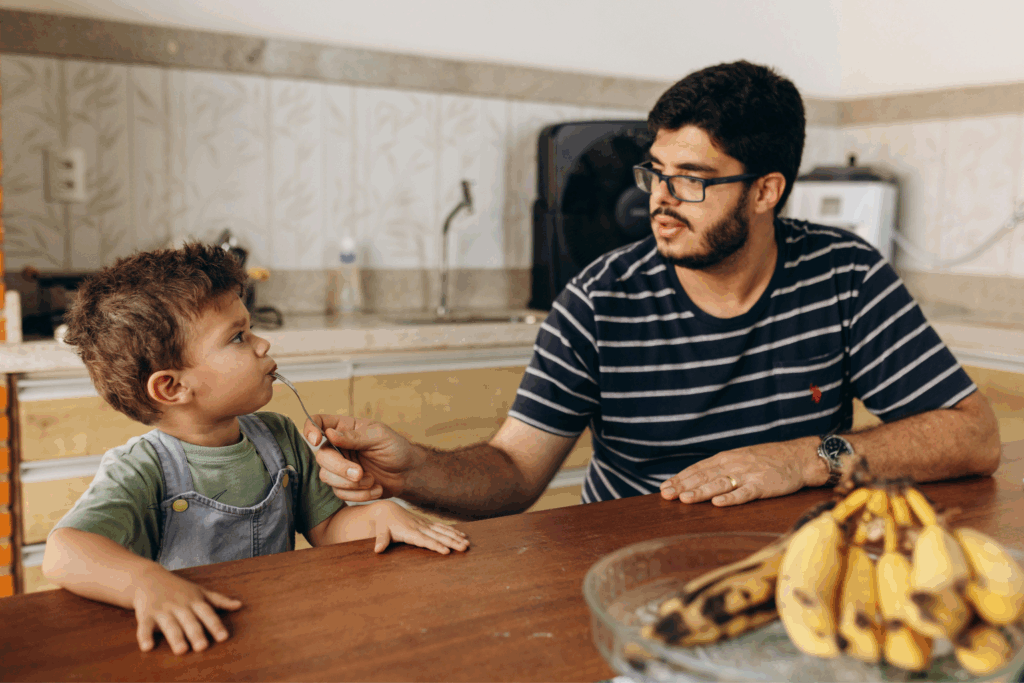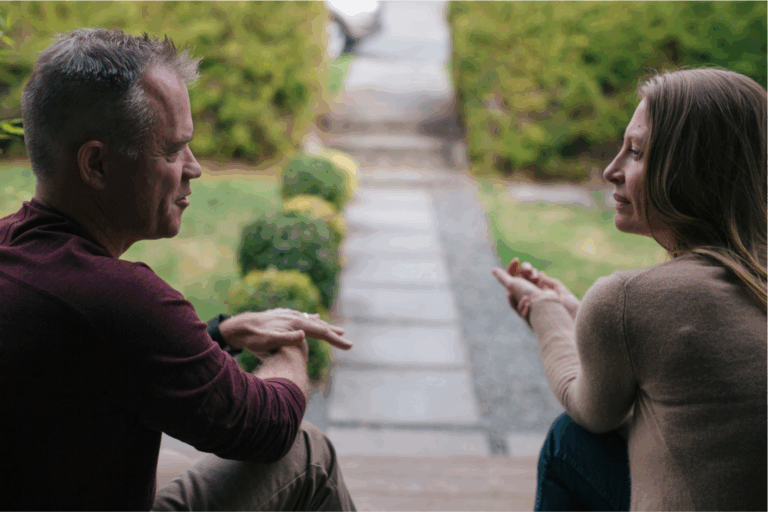Across Australia, more separated couples are continuing to live together – a growing trend shaped by cost-of-living pressures and housing stress.
Known as separation under the same roof (SUSR), this arrangement is recognised in Australian family law, yet remains poorly understood.
To help fill the gap, our research team undertook a rapid review of available research and practitioner insights. The findings reveal a complex, often hidden, reality for families navigating emotional separation while sharing a home.
For many couples, living together after separation isn’t a choice but a necessity. Rising housing costs, delayed settlements and limited rentals often make moving out impossible. Others choose to stay living together temporarily to maintain stability for children.
Practitioners reported that while some families manage this well, others face ongoing tension, emotional strain and blurred boundaries. Financial stress and safety concerns are common – especially where there’s a history of domestic or family violence.

Economic pressures and safety realities
Cost-of-living pressures are now one of the strongest drivers of SUSR. In national surveys, up to one in six people said they had stayed with an ex-partner to save money or avoid relocation costs.
For victim-survivors of domestic and family violence, remaining under one roof can sometimes be a temporary safety strategy – allowing them time to plan and access support before leaving. Recognising these realities is essential to keeping people safe.
The path forward
This review highlights the need for stronger recognition of SUSR across policy, research and service design. Key recommendations include:
- Better data collection on how many families are affected and for how long.
- Tailored supports such as mediation, counselling and financial advice.
- Cross-sector collaboration between housing, legal and family service systems.
Understanding how and why families live together apart is vital to building services that reflect today’s realities, and help people separate safely, fairly and with dignity.







